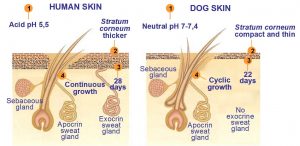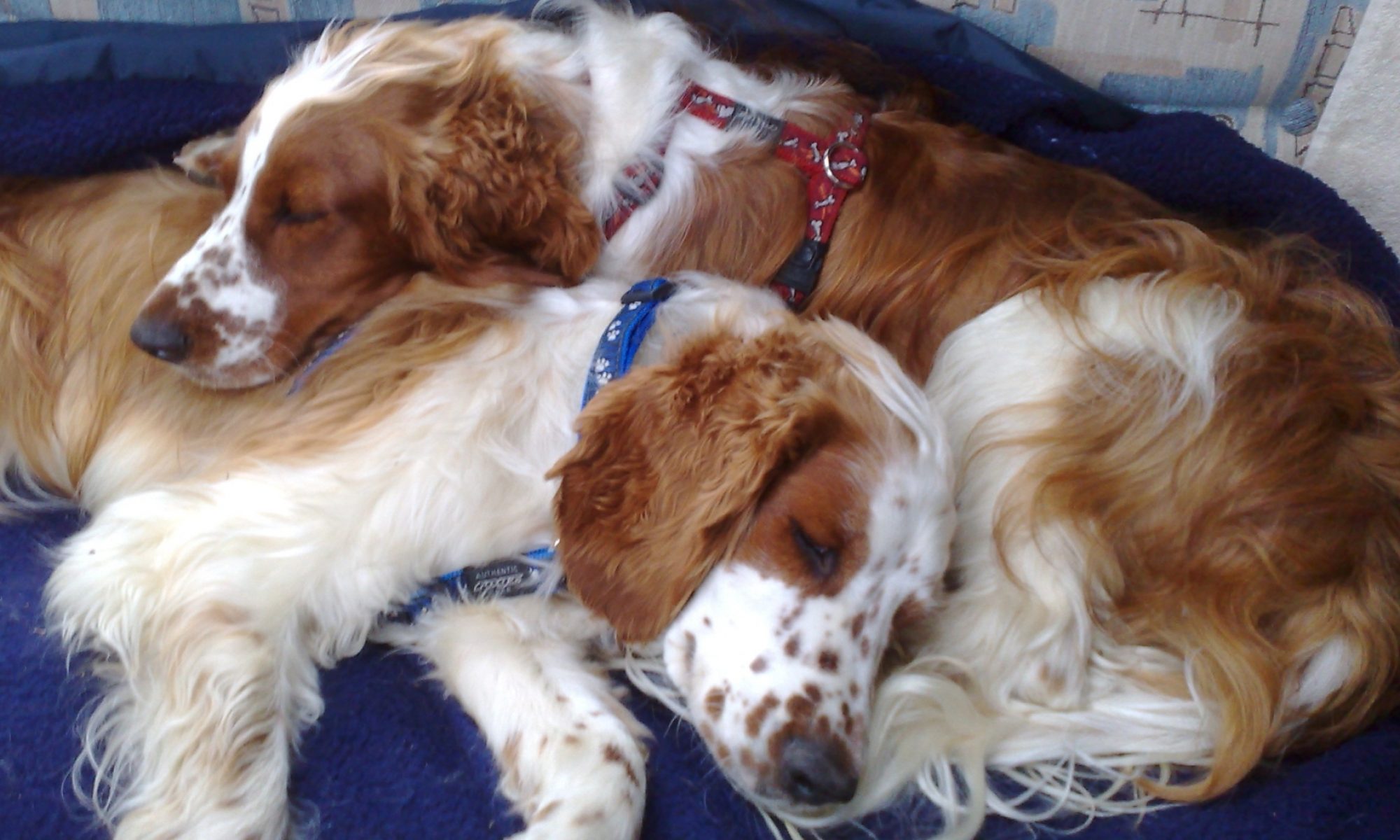What Is The Role Of Skin On A Dog's Body?

The main role of skin on a dog’s body is to be the first line of defence against the environment – it forms a barrier to protect the body of the dog from infections, parasites and the elements.
The skin and coat combined are the dog’s largest sensory organ, monitoring the environment and influencing body temperature.
The skin maintains the body’s internal environment, preventing loss of moisture and other body constituents. Skin is both tough and elastic. It is moist on the inside and relatively dry on the outside.
In conjunction with the coat, skin protects from the weather and by providing follicles for hair growth it makes a pet huggable! It protects the dog from ultraviolet rays and produces melanin to colour the hair and skin (NB dogs do not tan like humans). It helps regulate the dog’s body temperature through the blood vessels and reduces exposure to extreme cold by muscular action that fluffs the hair and traps heated air next to the body.
Skin prevents trauma and protects against microorganisms and chemicals. Langerhans cells capture foreign proteins (antigens) and stop them penetrating the skin’s horny outer layer. However, if the Langerhans cells are too active, the dog can develop an allergy (an intensified immune response) to a common substance.
It also acts as a sensory organ, recognising touch, pressure, vibration, heat, cold and pain.
Skin may reflect the state of health of the dog, as well as indicating the presence of internal diseases.
The subcutaneous tissues serve as a reservoir for fat, electrolytes, water, carbohydrates and proteins. Secretions from the glands on the skin waterproof and lubricate the skin and function as pheromones.
The coat serves as an insulating layer between the dog’s skin and the external environment. It protects from the cold in winter and the heat and sun in summer. It also serves as a warning system, when the ‘hackles rise’ on the back when the dog is threatened or frightened.
Skin is formed of three layers – the epidermis, dermis and panniculus. It is the epidermis that is the body’s environmental shield – it forms the barrier against injury, disease and damage from ultraviolet light. It is made up of tough keratinised cells that are glued together in stacks by fats. This layer is constantly replaced – the glue dries out, the outer layer of cells is lost and new cells rise from the basal cell layer of the epidermis, elongate and then harden to keep the horny outer layer intact. This horny layer then protects the internal organs from exposure and fluid loss.
